
Learn about your wetland
Wetlands are found on properties of all sizes in all parts of Wisconsin. Wetlands are those places in between areas that are always dry (like upland grasslands) and areas that are always wet (like lakes and rivers). All wetlands have water at or above the land surface for at least a portion of the year. The amount of water in wetlands can vary from season to season and year to year. Wetlands provide important habitat for wildlife and improve water quality.
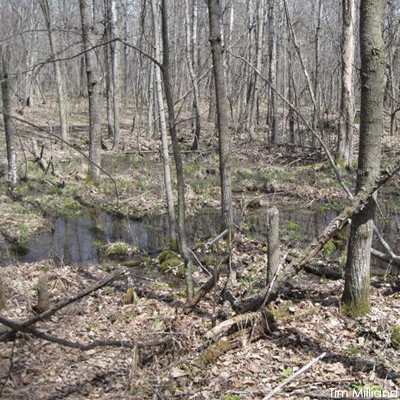
How do I know if I have wetlands?
Look in low spots, where rainwater and snowmelt collect or where groundwater comes to the surface in springs and seeps. Wetlands can be on the edges of lakes, rivers, and streams. Keep in mind that wetlands are not always wet. Wetlands look different depending on their location, the season, and weather.
In general, you can identify a wetland by:
- Presence of water-loving plants (like rushes, jewelweed, and marsh marigold)
- Soil satured with water most of the year
- Water at, above, or just below the surface of the ground for at least a portion of the year
Other clues to look for are shallow tree roots, watermark stains on trees, and low areas with no plants or plants that have been flattened down.
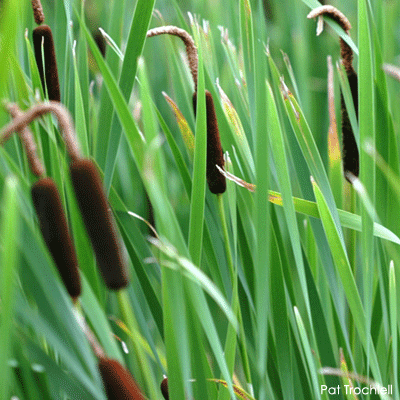
I thought all wetlands had cattails?
Many wetland types in Wisconsin don’t have cattails at all, and in some cases having too many cattails in a wetland is a sign that the wetland isn’t healthy. While a cattail marsh is among the most recognizable of wetlands, Wisconsin has many other kinds of wetlands, too. These include sedge meadows, forested wetlands, shrub thickets, bogs, and fens.
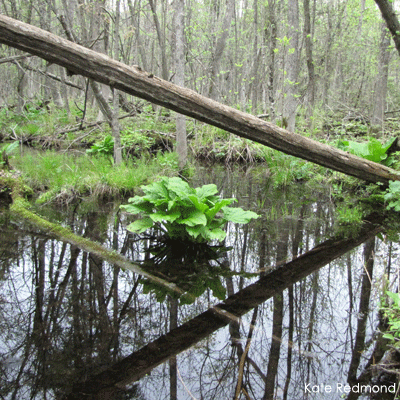
What kind of wetland do I have?
Wisconsin has five main types of wetlands. The type of wetland you have depends on soil type, land form, weather patterns, vegetation, and the timing, frequency, and depth of water on your land. It’s common for different wetland types to be found on the same property.
Each of Wisconsin’s wetland types have distinct characteristics and provide homes for certain plants and animals. You can figure out what kind of wetland you have by looking at your wetland’s plants, animals, soils, and water. Learn more about the diversity of wetlands on our wetland types page.
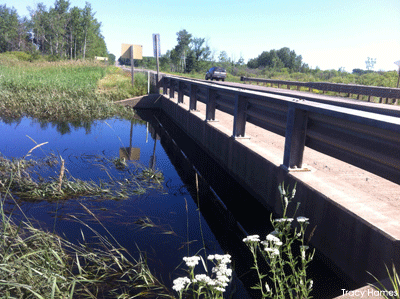
What good are wetlands?
By caring for your wetlands, you’re not only helping keep the rest of your land and waters healthy, you’re also improving the surrounding land and watershed.
Because wetlands influence how water moves across the landscape, they:
- Provide habitat for a majority of Wisconsin’s wildlife
- Hold and release water across seasons
- Remove sediment from rivers
- Capture pollutants and excess nutrients
- Reduce floods, protecting cities and farm fields during heavy rains and snowmelt
Wetlands also help our communities, our economy, and our quality of life:
- Communities in watersheds with healthy wetlands often spend less on water treatment to provide safe, clean drinking water.
- Wisconsin’s wetlands provide more than $3 billion in benefits every year in flood control, recreation, and tourism.
- Properties adjacent to wetlands are increasingly in demand as home sites due to their recreational and scenic values.
- Communities with healthy wetlands attract hunting, bird watching, and other recreational tourism.
- Products like cranberries, wild rice, fish, fur, timber, and wild hay come from wetlands.
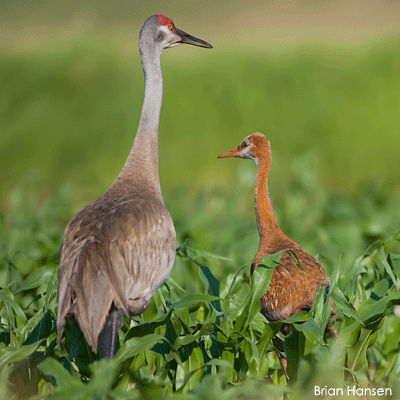
Wetlands and wildlife
75% of Wisconsin’s wildlife depend on wetlands at some point in their lives. As a landowner, you can attract wildlife to your property by caring for your wetland. The healthier your wetland, the better your wetland can support wildlife. Wetlands are spawning grounds for game fish like pike and muskies; migration and breeding habitat for waterfowl, cranes, and songbirds; and year-round habitat for deer, otter, beaver, and mink. Turtles, frogs, salamanders, snakes, insects, and other animals also live in or use wetlands.
Many wildlife species need more than just wetlands. If your land includes uplands like woodlands or prairies connected to wetlands, then you have even more opportunities to provide wildlife habitat. Think about toads that need wetlands and water for laying eggs and also need woodlands for their adult habitat.
Wetlands also protect stream banks and shorelines from erosion and help maintain clean water in streams and rivers for fish and other aquatic life. You can thank wetlands for your favorite trout stream.
Care for your wetland
As a landowner, you want to keep your land and water healthy. But how can you care for your wetlands? We’ve outlined four steps you can take to help you determine the care it needs.
